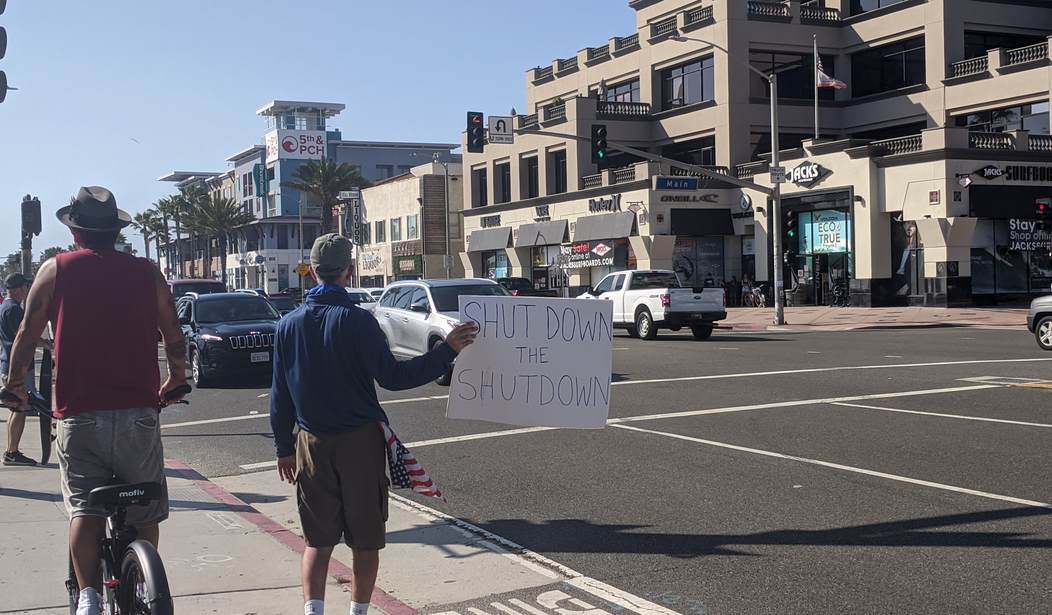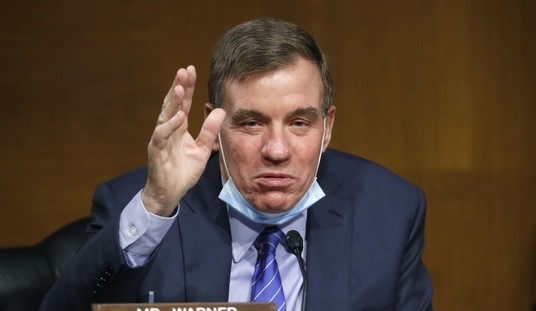States have begun the process of reopening their economies and lifting some social distancing restrictions in the last few days, but most of their citizens are unconvinced that it’s safe enough to take advantage of their newfound freedom. Many retail and foodservice businesses are taking a wait-and-see attitude about reopening, so some stores are still shuttered.
Despite many stores being open in Liberty, Missouri, the streets were deserted and most establishments were empty of customers.
“I agree with the closure. I respect the Kansas City mayor more than the governor. The mayor’s more cautious. I don’t know if the governor knows what he’s talking about,” he said.
That uncertainty is reflected around the square where most businesses remained firmly closed. The florists, boutiques and jewelers were all still shut. Hueys on the Square restaurant, which gave away free boxed meals to families in need, was open with some tables marked “no seating” to keep patrons six feet apart.
But there was not a customer in sight.
While one town in one state does not make a trend, the results of a study highlighted by PJM’s Stacey Lennox yesterday reveal a cautious, uncertain people.
- 40% of Americans plan to avoid public spaces unless “absolutely necessary” long after the coronavirus pandemic has subsided.
- 82% said they are now more aware of, and concerned about, cleaning protocols in public areas.
- 58% are more suspicious about their friends’ and family’s hygiene habits.
- 26% will wait one or two months to return to public spaces.
- 16% went so far as to say that they’re unsure if they’ll ever feel comfortable out in public again.
- 11% are unsure if they’ll ever return to their office space even if it reopens.
Can you blame them? With Democrats telling them they’re going to die if they take advantage of the reopening, it’s hard to imagine anyone who would venture outside.
At the same time, Americans aren’t stupid. They are not going to take unnecessary risks just to have dinner in a restaurant or shop at a local craft store. And it probably won’t help that in two or three weeks, we’ll see a spike in new cases and deaths.
The desire in many places to get back to work is overwhelming. But is it smart?
Among the guidelines for “Opening Up America Again,” states shouldn’t start to reopen until they have a downward trajectory of positive cases in a 14-day period or a “downward trajectory of positive tests as a percent of total tests within a 14-day period.”
It would be smart for states to meet those guidelines first, said infectious disease expert Dr. Carlos del Rio, a professor of medicine and global health at Emory University.
Otherwise, they risk a second wave of increased infections and deaths that could overwhelm hospitals and hit more Americans with expensive medical bills.
Few states will meet that criterion, but it won’t matter. Even with a “second wave” of positive tests, increased deaths and hospitalizations, the U.S. will not be closing again. The left will portray the reopening as a catastrophe, saying that Trump doesn’t care about workers, that he shoulda, woulda, coulda and if only…
But we’re going to open up the country again because we have to.










Join the conversation as a VIP Member